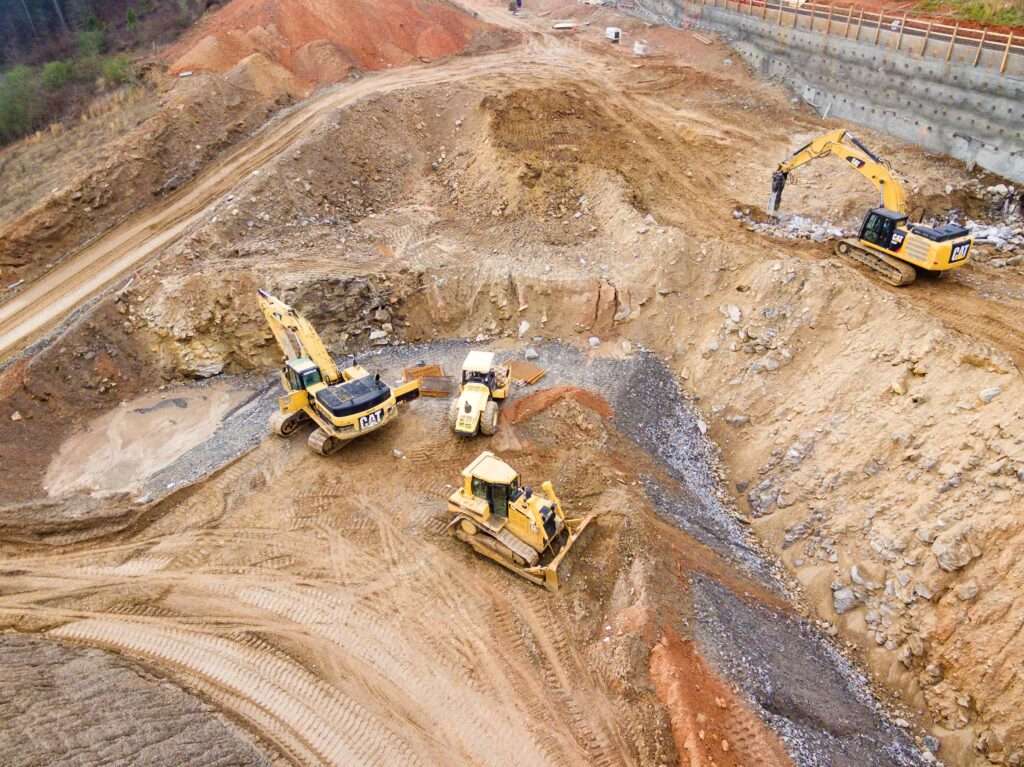By Olivia Young
Embodied carbon is most often used in the context of the built environment, where it is presumed to include emissions from raw material extraction, transportation of materials, materials wasted, building operations and maintenance, and the emissions a building continues to produce after it is no longer in use.
Embodied carbon can be overlooked when considering a building’s (or other product’s) carbon footprint because it is hidden—”embodied,” rather—in materials and manufacturing processes rather than emitted while a product (a building, in this case) is being used.
What’s the Difference Between Embodied Carbon and Operational Carbon?
In the context of building and construction, embodied carbon and operational carbon make up the whole carbon life cycle of a building. Embodied carbon is all the carbon that is not emitted through operational processes; operational carbon is the carbon emitted only while the building is being used—which includes the energy needed for lighting, ventilation, temperature regulation, and electricity.
The building and construction sector is solely responsible for 37% of all carbon emissions globally. The United Nations’ 2022 Global Status Report revealed that most of that, 28%, is from operational carbon—meaning only 9% is from embodied carbon.1 A previous report, however, said that more than 50% of professionals admitted they do not measure embodied carbon in their projects.2
While a building’s energy consumption is perhaps more frequently noted than the energy required to build and maintain it, operational and embodied carbon typically make up an equal part of the building’s total carbon emissions.
Examples of Embodied Carbon
Embodied carbon is the sum of CO2 emissions from various manufacturing and construction processes.
1. Raw Material Extraction
The UN says resource extraction accounts for half the world’s CO2 emissions and more than 90% of its biodiversity loss.4 The extractive industries included in those figures are two highly in-demand commodities—fossil fuels and biomass (aka food)—in addition to building and construction by way of metal, mineral, and timber extraction. Minerals like sand and gravel are used to produce concrete, and metals are mined for iron, copper, and aluminum building materials. Experts predict that consumption of all these materials will at least double between 2017 and 2060—and that consumption of construction materials, in general, will continue to “dominate resource consumption” for the next several decades.
2. Manufacturing of Materials
Certain construction materials, such as glass and brick, must be manufactured from natural or synthetic resources. Studies have shown that producing a kilogram of bricks—made by packing clay, shale, and/or concrete—generates .16 kilograms of CO2. Glass production—which entails heating limestone, sand, and soda ash using natural gas—is a major air pollutant. The global carbon emissions from glass production alone are estimated at 95 million tons per year. And demand is rising, warns the European Commission, “due to population and infrastructure growth.”
Altogether, construction materials—concrete, steel, glass, brick, aluminum, etc.—represent 9% of all energy-related carbon emissions.
3. Transportation
Transportation includes the emissions produced during the shipping of construction products to and between building sites.
4. Demolition and Disposal
A study of construction demolition waste (CDW) broke down the emissions from demolition: from the diesel needed to operate cranes, bulldozers, and other hydraulic equipment to the CO2 emitted from debris during demolition and removal to the tailpipe emissions from transporting the waste.
If they aren’t, they end up clogging dumps. The Environmental Protection Agency has said that roughly a quarter of CDW is landfilled, and more than 60% of landfill-bound CDW is asphalt and concrete.
For more visit https://www.treehugger.com/what-is-embodied-carbon-6950716



